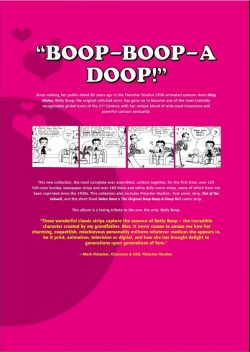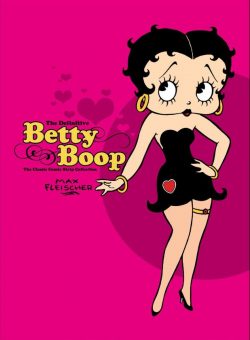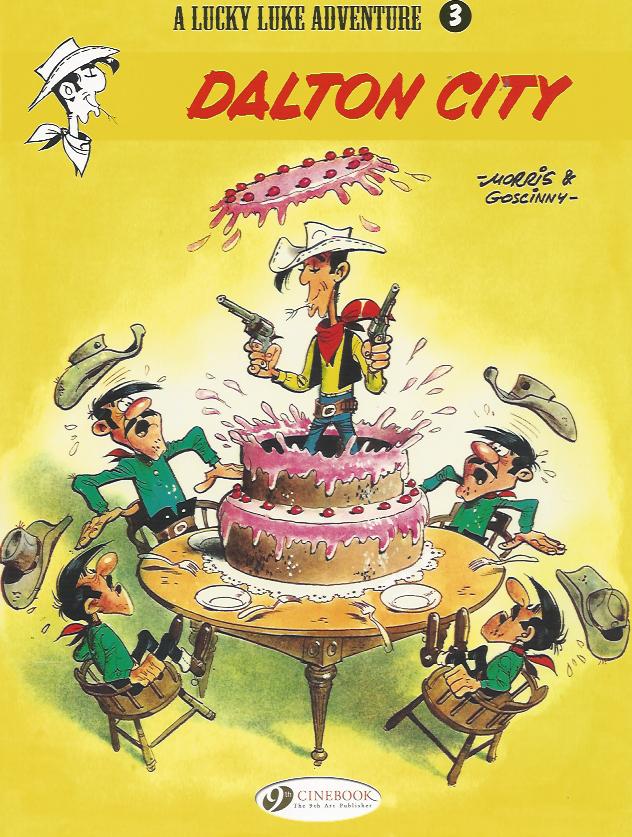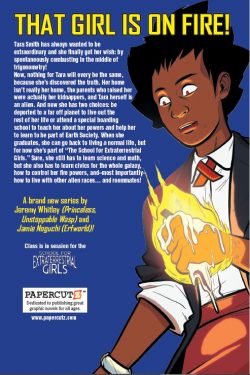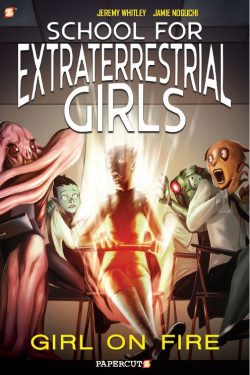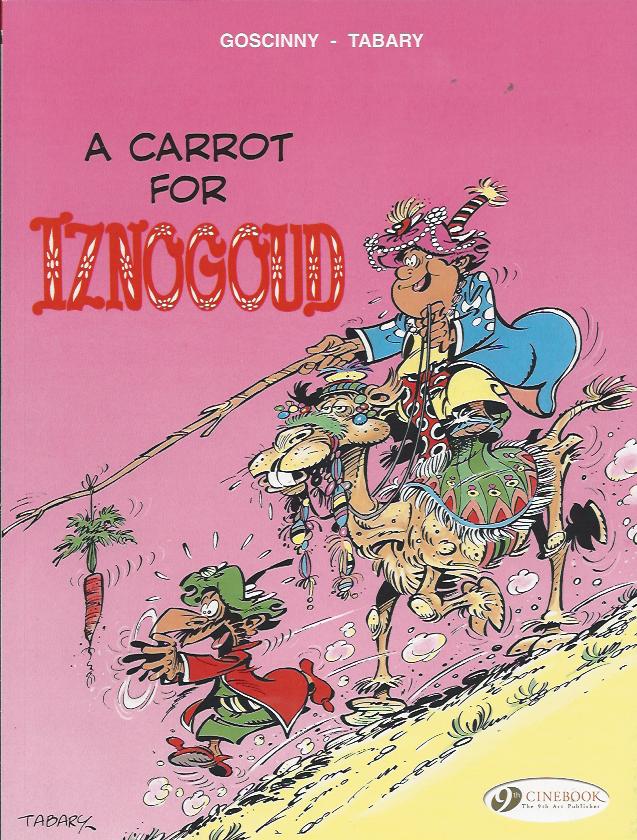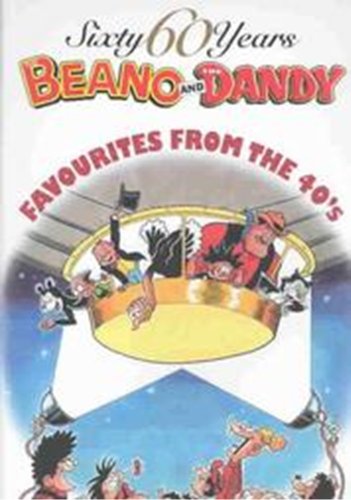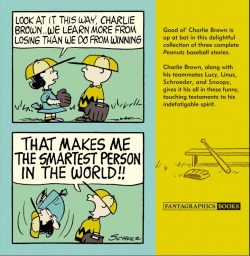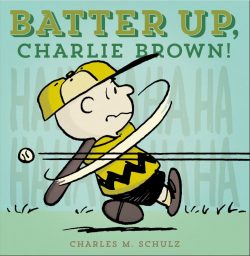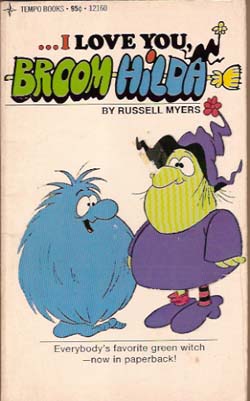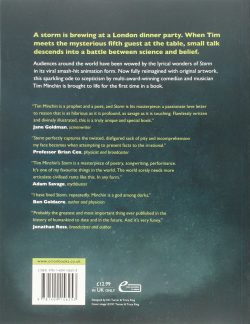
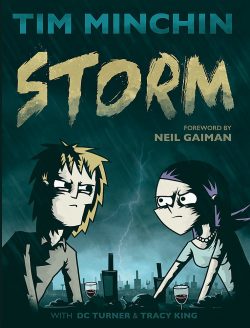
By Tim Minchin, DC Turner, Tracy King & various (Orion)
ISBN: 978-1-4091-5209-5 (HB), 978-1-4091-5625-3 (TPB), eISBN: 978-1-4091-5210-1)
The world is a magical, wondrous place stuffed with miracles and mysteries.
However, there’s not one single atom of it that depends on the eldritch or supernatural and none of it – or even the greater universe around it – is wrought from the efforts of supreme beings. Nor does it operate on principles of forgotten lore denied us common folk…
It’s all explainable, utterly rational and absolutely subject to revision by us every time we find out or disprove something that previously has been a puzzle or misunderstood. To do otherwise is nothing less than a crime against humanity.
No gods, no ghosts, no witchcraft, no magic crystals. Got it?
It’s amazing how many people haven’t and how the latest anti-science fad or fashion can cause genuine harm to the world, deprive generally sensible folk of their money and too often make dinner parties a theatre of war. That’s especially relevant at a time when a new lifeform is predating upon large sections of humanity in a manner we haven’t anticipated or properly categorised yet…
Tim Minchin is an Australian creative whirlwind and multi-media entertainment polymath who performs musical stand-up comedy, acts in edgy sitcoms, composes award-winning stage musicals like Matilda and acts in hit shows like Jesus Christ, Superstar.
He’s very smart, very funny and doesn’t believe in goblins or faith-healing.
In 2006 his 90-second diatribe ‘If You Open Your Mind Too Much Your Brain Will Fall Out (Take My Wife)’ – a “refutation of the plausibility of astrology, psychics, homeopathy and an interventionist God†impressed and delighted fans.
In 2008, after a close encounter with a pontificating new-agey nitwit at a party where the reasonable, rationalist Mr. Minchin politely opted not to contest a stream of bubble-headed nonsense, he took his ire and indignation and turned it into a piece of true inspiration: a beat poem, Socratic dialogue and “anthem for critical thinkersâ€â€¦
It’s a very funny, edgy slice of entertaining refutation and I-wish-I’d-said-that-ism which was used as the closer for the Ready For This? Tour for more than two years.
In Britain animators/illustrators/producers Dan “DC†Turner and Tracy King saw that show and determined that at all costs they must turn that paean to logic and sense into an animated film. As described in Minchin’s Introduction to this book (available in trade paperback and eBook formats as well as a 1000 copy Limited Edition Deluxe Hardback with extra content) and the Afterword by Turner and King, after some wheeler-dealing, they did just that…
Storm became an internet sensation with many million hits on YouTube after its launch in 2011. The artists and Mr. Minchin then completely reworked that cartoon sensation into an astoundingly compulsive and scathingly funny graphic novel which opens at an intimate soiree in North London where the narrator and his wife sit down to sup with friends and are force-fed a stream of nonsensical blather by a beautiful girl with a tattoo of a fairy.
Her name is Storm and this time the quiet man she inanely and arrogantly lectures is not going to hold his tongue…
By turns tense, barbed, hilariously evocative and furiously cathartic, this stunning visual feast delivers the barrage of scathing sense we’ve always wanted (but been too polite) to unleash on evolution-deniers, pseudo-scientists, astrological aromatherapy advocates, vaccination-withholders, ghost-chasers and every other stripe of pontificating irrationalist in a graphic tumult of colour, line and typography that will simultaneously stun and galvanise.
This magnificent reinterpretation includes a Foreword by Neil Gaiman, Biography pages for Minchin, Turner & King and – because it’s all about the fun – a selection of variant covers by Ricky Earl, Freya Harrison, Andy Herd, Dave “Swatpaz†Ferguson and Stuart Mason & Rachael King which might have graced the issues had this yarn been serialised as comic periodicals rather than released as a complete book…
There has been and always will be a valuable and cherished place for fantasy, imagination and all the wild and woolly boggles and phantasms of a rich realm of tradition and ignorance. Indeed I believe it’s absolutely necessary for every child to be fully acquainted with all aspects of fairies and spectres and wish-fulfilling rings and lamps, but there comes a time when they must retire to a place of nostalgia and fun, regularly revisited for amusement but never, never, never used to dictate the content of school curricula, divert funds from genuine medical research or be employed as justification to persecute whole sectors of society or even one single “different†individual…
Storm is an edgy pictorial tour de force to delight and enchant readers who love the funny and fantastic but never forget where the horizons of fantasy end and the borders of imagination begin…
Text © Tim Minchin 2014. Illustrations © Tracy King and Daniel Charles Turner 2014. All rights reserved.

